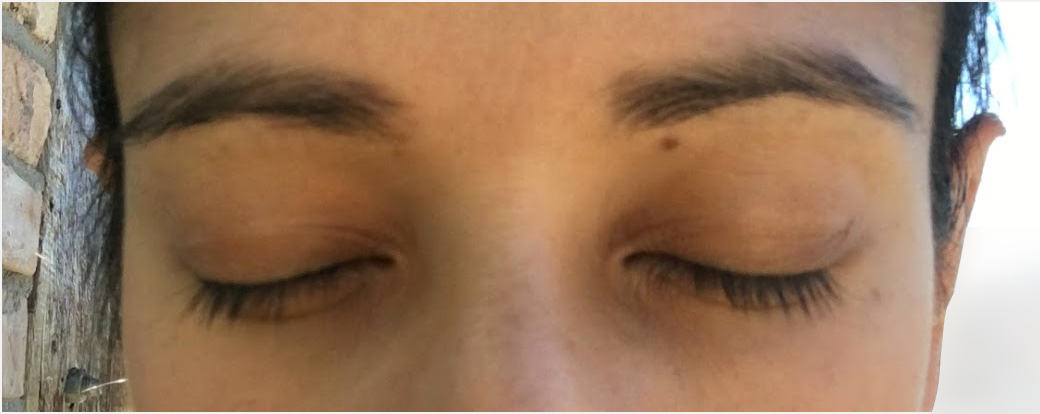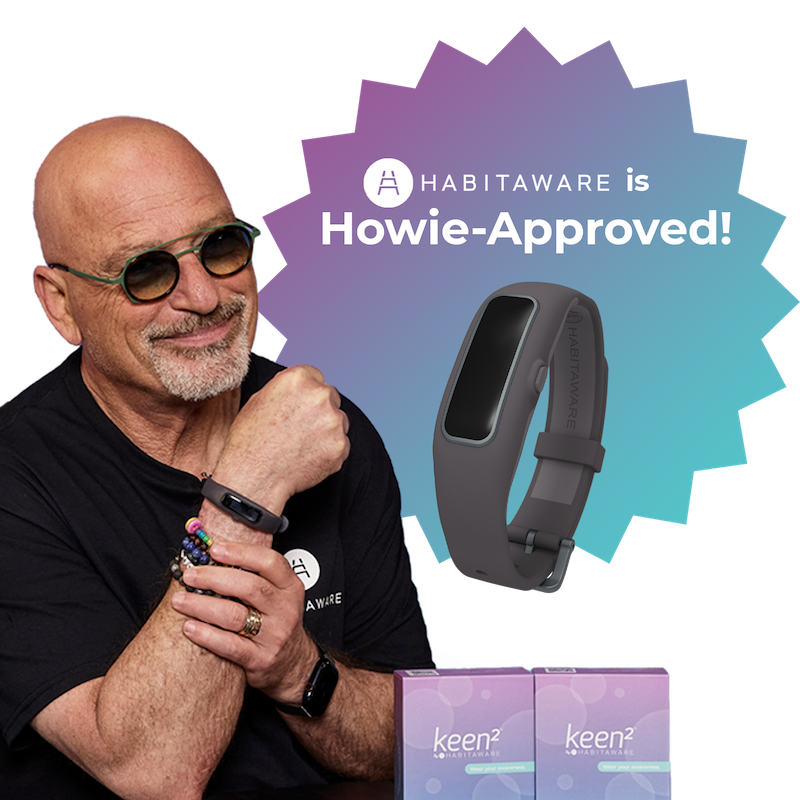What does it mean to be “pull free?”
As one of more than 10,000 members of an online Trichotillomania support group, there isn’t a day that goes by that someone doesn’t vow to go pull free, or share how many days, weeks, months or years they are celebrating being pull free.
“Pull free,” according to Urban Dictionary is “a term to describe when someone suffering from trichotillomania (hair pulling disorder) stops pulling out their hair for a certain amount of time.” It may even involve physically restraining oneself from pulling, with the goal of permanently stopping. The same mentality applies for skin picking (dermatillomania) and the act of being “Pick Free.”
My transition from “pull free” to “pull less”

I always feel conflicted when I see someone post about their pull free goals. Part of me feels really happy that my fellow trichster has had enough and wants to make a positive change, and then part of me feels sad and worried, because pull free seems like a hamster wheel – no matter how much energy is put into it, you more than likely wind up in the same spot.
Even on a personal level, I used to wish folks in the groups “PFV,” or “Pull Free Vibes.” I really wanted to be pull free for myself too. There are some people for which pull free, or going cold turkey, is the only option. Some people’s personalities just NEED that sort of goal in order to succeed. But it isn’t for everyone. And in trying pull free, I realized it wasn’t for me.
I realized it wasn't for me because Trichotillomania and it's sister conditions of dermatillomania and onychophagia are chronic medical conditions. It's our fight or flight nervous system gone awry - our restless mind translating to restless hands. BFRBs are a condition we must learn to manage/control.
Consider someone with diabetes, another chronic medical condition. That person cannot declare a "diabetes free" day. Right? It is something they must manage daily by watching what they eat, checking their glucose levels multiple times a day, exercising etc.
5 reasons why “pull free” wasn’t for me
Here are my top 5 reasons for freeing myself from the "pull free" mindset:
- Attempting pull free consumed me: A few years back I was on a focused pull free run. I was doing well, but it took so much energy and focus that I wound up not being able to do much else beyond being pull free and going to work. It sucked the life out of me, and I basically cut myself off from my friends and any semblance of a social life for a while. Which is ironic because I finally had lashes and brows and didn’t feel self-conscious being around people anymore!
- When the triggers get REAL, relapse can lead to devastating failure: During my pull free run, a majorly stressful event happened at work – I made an error in a cost estimate quote for a client. Likely because all my mental energy was being consumed with not pulling. I wound up losing my company thousands of dollars(!) My team was mad, but also somewhat understanding as it was clear I was overworked, under-slept & quite junior at the time. But that didn’t stop me from beating myself up. That stress over the financial mistake fueled a pulling spree, when I had previously thought I was “cured.” Instead I was a failure, and of course, the new lack of lashes & brows pushed me further into a depression.
-
Pull free is extreme perfectionism – and that’s what got me pulling to begin with: Research has shown that people with body focused repetitive behaviors (bfrbs) have perfectionist tendencies. That’s me to a T. Not just pixel perfection in work / hyper attention to detail (except of course for the above story!). But also in the home: my clothes hang within perfect distance of one another in my closet and our kitchen cupboards are organized MY WAY, which is the right way (in my humble opinion
 ). And of course this perfectionism, coupled with the “grooming” gene that is likely linked to trich, led the way for my pulling to begin as I began tweezing my hairs during puberty because I was so self-conscious.
). And of course this perfectionism, coupled with the “grooming” gene that is likely linked to trich, led the way for my pulling to begin as I began tweezing my hairs during puberty because I was so self-conscious. - Pull free still means you need another outlet, and I didn’t give myself one: A promise to stop pulling is nothing without working on replacing the pulling. As noted above, I declared myself pull free without building myself a toolkit to help me cope with the triggers and urges. Without actively working hard to do something else, all I was doing was denying myself the pulling and building up the tension in my body, until of course, I one day exploded. It’s much like dealing with anger!
- Pull free leaves NO room for error: Going pull free was added pressure I didn’t need! In giving myself an unrealistic goal, without preparation, I set myself up for failure. Humans by nature make mistakes. I didn’t give myself room to let those mistakes, or learnings as I now view them, happen. Now I do allow myself a few hairs every now and again room, and see those pulls as an opportunity to grow, learn and improve.
Because of my experience with trying to be pull free, and in seeing how devastating it is for others in the support groups, I no longer believe in the pull free mentality. I’m more of a “pull less” or “pull very little” kind of gal now.
Body focused repetitive behaviors like hair pulling (trichotillomania), skin picking (dermatillomania) and nail biting (onchyophagia), are disorders that we will carry for the rest of our lives – they are genetic after all. And I’ve come to terms with that. I’ve come to accept my trich for what it is: this thing I’ll always carry with me, but something I have learned to manage with awareness using my HabitAware Keen smart bracelet.
So, I still pull once in a while, but it no longer consumes or devastates me the way it used to. I’ve built my awareness muscles. I’m able to catch myself and replace the behavior using Keen’s guided breathing light, one of my go-to replacement strategies. With focus, awareness and leaving myself wiggle room for mistakes, I have learned to manage my trich & take control, rather than being controlled by it.
“We are all unique, so ultimately, you need to do what works for you to free yourself of your bfrb burden.”
Ultimately though, bfrbs manifest differently in everyone. Which means what works for one person may not work for another, and is also why a single cure has been difficult to nail down. We are all unique, so ultimately, you need to do what works for you to free yourself of your BFRB burden.
Wishing you love, awareness & a time that comes when you are BFRB-LESS!,
Aneela
About HabitAware
HabitAware makes Keen, a smart bracelet that helps manage nail biting, hair pulling, thumb sucking, and other subconscious behaviors. Customized gesture detection brings you into awareness and helps you develop healthier habits.
JOIN THE JOURNEY: Order today and sign up for our e-newsletter for helpful strategies, news & important product updates.



